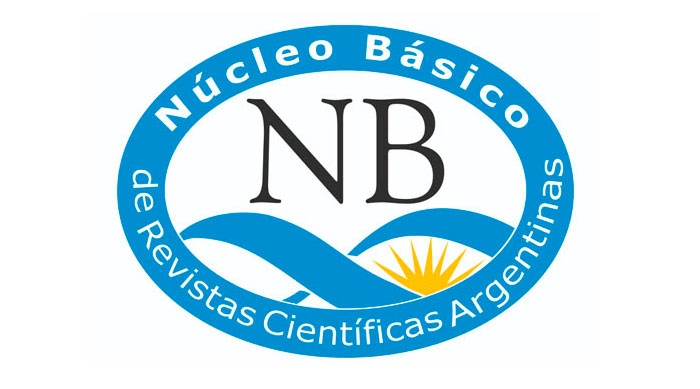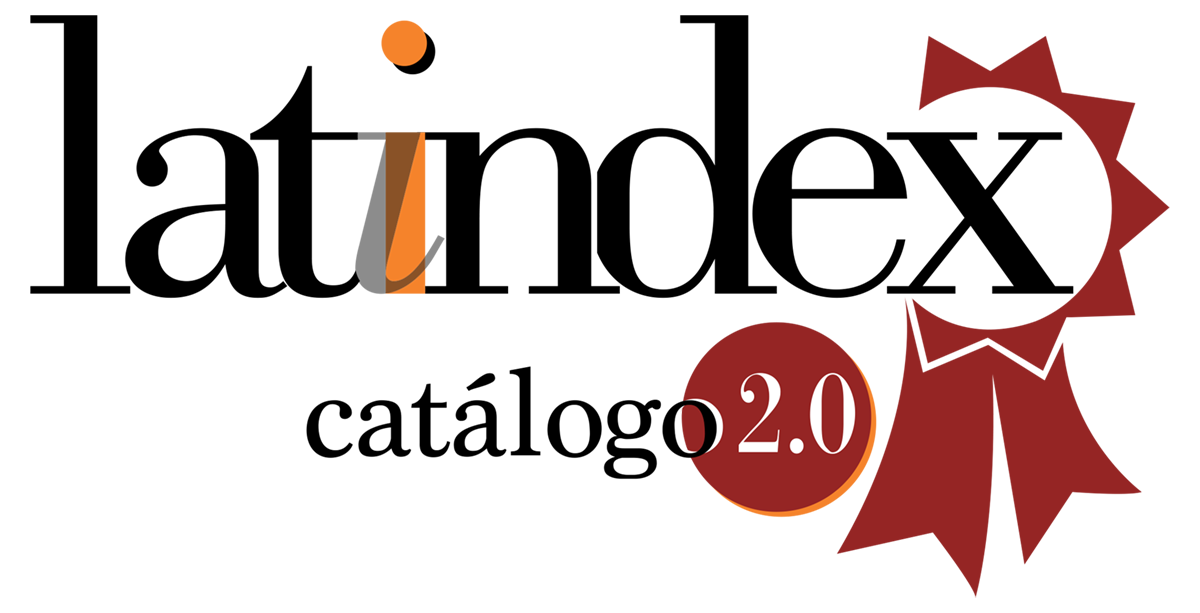Establishment of the Center for Geophysical Research (CIGEOF) at the National University of La Plata
Keywords:
geophysics, center, research unit, UNLP, creationAbstract
Geophysics as a scientific discipline has been fundamental since Dr. Dardo Rocha established the Observatorio Astronómico de La Plata in 1881. Despite its significance, Geophysics has historically been overshadowed by Astronomy. The Universidad Nacional de La Plata (UNLP), driven by Dr. Joaquín V. González in 1905, included the Observatory as one of its foundational pillars. Under the direction of Eng. Félix Aguilar, the Escuela de Ciencias Astronómicas y Conexas was founded in 1935, offering the first joint doctorate in Astronomy and Geophysics. In 1948, Geophysics gained its own identity, with UNLP being the first in the country to grant these degrees. In 1983, the Facultad de Ciencias Astronómicas y Geofísicas (FCAG) was formed. Currently, only three institutions in Argentina offer degrees in Geophysics: UNLP, Universidad Nacional de San Juan (UNSJ), and Universidad Nacional del Sur (UNS). Despite its tradition, UNLP lacked a specific research unit in Geophysics, unlike other universities in the country. Since its inception, research at FCAG has been centralized in four departments, but disciplinary evolution has outgrown this structure. In this context, in December 2023, FCAG approved the proposal to create the Centro de Investigaciones Geofísicas (CIGEOF), establishing it as an institutional entity that brings together researchers, faculty, technicians, administrative staff, fellows, thesis students, and professionals focused on Geophysics within FCAG. Its goal is to strengthen research and interdisciplinary training, addressing present and future challenges in the field of Geophysics, promoting collaboration with other centers and institutions both nationally and internationally, and enhancing UNLP's capacity in human resource training and technological development in Geophysics.
Downloads
Downloads
Published
How to Cite
Issue
Section
License
Copyright (c) 2024 Danilo R. Velis , Luis Guarracino, Gabriela A. Badi, María Laura Rosa

This work is licensed under a Creative Commons Attribution-NonCommercial-ShareAlike 4.0 International License.
Starting in 2022 (Vol. 43 number 2) articles will be published in the journal under a Creative Commons Attribution-NonCommercial-ShareAlike 4.0 International license (CC BY-NC-SA 4.0)
According to these terms, the material can be shared (copied and redistributed in any medium or format) and adapted (remixed, transformed and created from the material another work), provided that a) the authorship and the original source of its publication (journal and URL of the work), b) is not used for commercial purposes and c) the same license terms are maintained.
Prior to this date the articles were published in the journal under a Creative Commons Attribution license (CC BY)
In both cases, the acceptance of the originals by the journal implies the non-exclusive assignment of the economic rights of the authors in favor of the editor, who allows reuse, after editing (postprint), under the license that corresponds according to the edition.
Such assignment means, on the one hand, that after its publication (postprint) in the GEOACTA Magazine of the Association of Geophysicists and Geodesists, the authors can publish their work in any language, medium and format (in such cases, it is requested that it be recorded that the material was originally published in this journal); on the other, the authorization of the authors for the work to be harvested by SEDICI, the institutional repository of the National University of La Plata, and to be disseminated in the databases that the editorial team considers appropriate to increase visibility. of the publication and its authors.
Likewise, the journal encourages the authors so that after their publication in the Journal of the Association of Geophysicists and Geodesists, they deposit their productions in other institutional and thematic repositories, under the principle that offering society scientific production and Unrestricted academic scholarship contributes to a greater exchange of global knowledge.
















